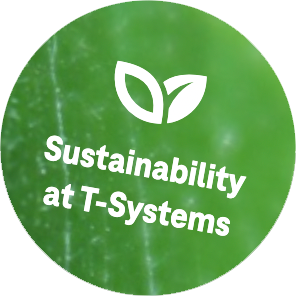The process of migrating out of IBM Content Manager On Demand is dependent on the type of content being migrated, the target system, and the size and complexity of the data. Generally, the process for Vamosa includes extracting the data from the source system, transforming the data into the appropriate format for the target system, transferring that data to the new system, and then validating the data.
Depending on the complexity of the migration, the process for Vamosa may also include additional steps such as mapping and cleaning the data, validating data integrity, configuring security settings, and setting up user access. For large-scale migrations, it may be necessary to use specialized tools and services to ensure a successful data migration.
Why use T-Systems for Enterprise Content Migrations?
Within ECM systems, documents and records are backed by additional metadata and workflow processes. It is crucial to preserve these extended attributes along with the data’s structure and hierarchy.
Vamosa offers a comprehensive solution for data migration, encompassing products, skilled personnel, and a refined process to modernise, consolidate, and restructure documents and records. We prioritise accuracy, transparency, and ensure zero downtime for your existing site.
Vamosa are committed to seeing the task through to completion. Our team has successfully delivered numerous projects, leaving behind contented clients. Additionally, we are supported by T-Systems, the technology subsidiary of Deutsche Telekom AG.
Vamosa Connectors
T-Systems has delivered content migration projects for the following systems. The flexible nature of Vamosa’s data migration platform enables connectors to be written for any system so in theory there is no restriction on the target system that can be loaded to with the T-Systems tooling.

Microsoft
SharePoint 2003, SharePoint 2007, SharePoint 2010, SharePoint 2013, M365, Teams

IBM
WCM, FileNet, Connections (now HCL), Quickr, SmartCloud, Notes, Domino, Content Manager, CM/OD

Adobe
Day CQ4, CQ5, AEM




